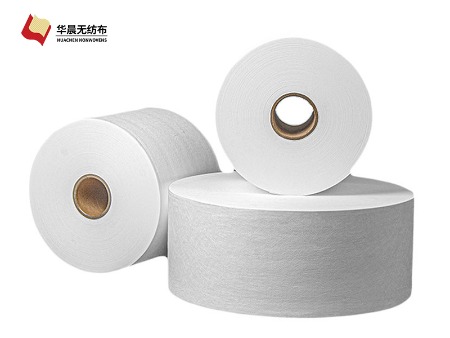Hometextile nonwoven fabric is made of lengthy fibers that are bonded together by chemical, mechanical, heat or solvent treatment to create a cloth-like material. This type of fabric can be used for a wide range of applications, including bags, packaging materials, disposable medical supplies, sanitary products and filtration materials.
Nonwoven fabric has a variety of different properties and can be made from different types of raw materials. The most common are cotton, polyester, and polypropylene.
Some of the physical properties of a nonwoven fabric include strength, resilience, and moisture sensitivity. The length of the fibers and their luster are also important.
In recent years, nonwovens have become an alternative to polyurethane foam in a variety of situations. They are cheaper and more environmentally friendly than foam.
Hometextile nonwoven fabric is a type of nonwoven material that is specifically designed and produced for use in home textile products such as bedding, curtains, upholstery, and other home décor items. Nonwoven fabrics are made from fibers that are bonded together using various methods, such as heat, pressure, or chemical bonding, rather than being woven or knitted together like traditional fabrics.
Hometextile nonwoven fabrics are typically made from synthetic fibers such as polyester or polypropylene, although natural fibers like cotton and wool can also be used. These materials offer a range of benefits, including durability, moisture resistance, and ease of care. Nonwoven fabrics can also be made to be flame retardant, antimicrobial, and hypoallergenic, making them a popular choice for home textile applications.
Hometextile nonwoven fabrics can be produced in a variety of weights and thicknesses, allowing manufacturers to create materials that are suited to a wide range of home textile products. They can be made to be soft and flexible, or more rigid and structured, depending on the desired end use.
Nonwovens can be shaped into a variety of different shapes. They are also lightweight and have many other benefits that make them suitable for a wide range of different uses. They are often used in a wide range of household applications, such as in bedrooms, kitchens and living rooms to create comfortable, practical, hygienic, safe and beautiful solutions for modern living.
Overall, hometextile nonwoven fabrics offer a range of benefits for manufacturers and consumers alike. They are versatile, durable, and easy to care for, making them a popular choice for a wide range of home textile applications.


